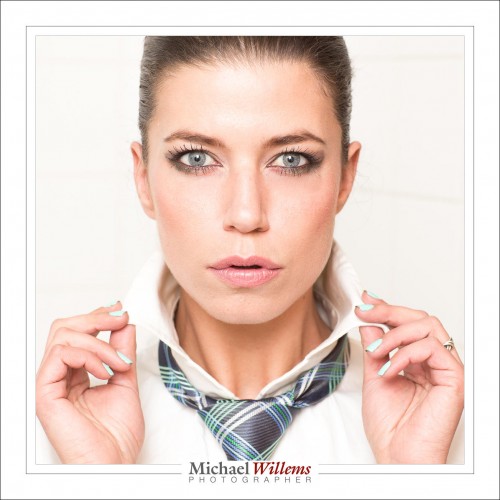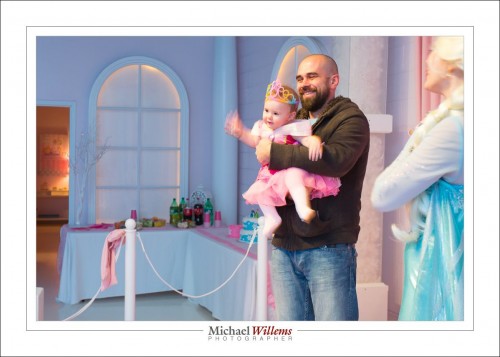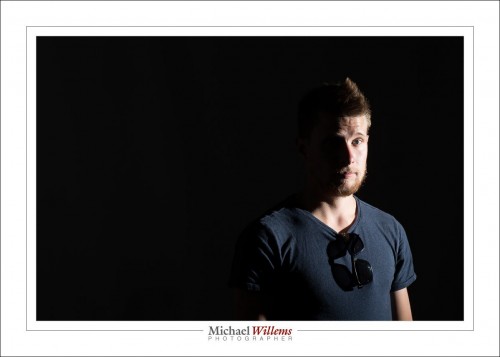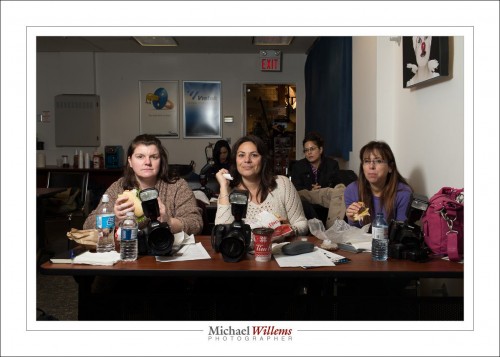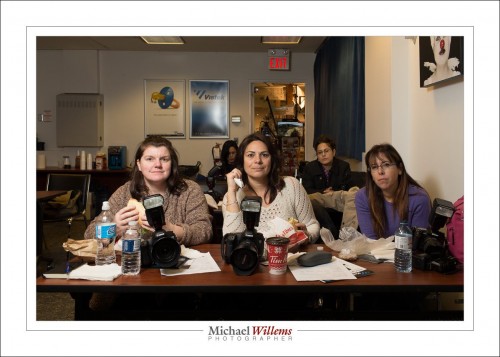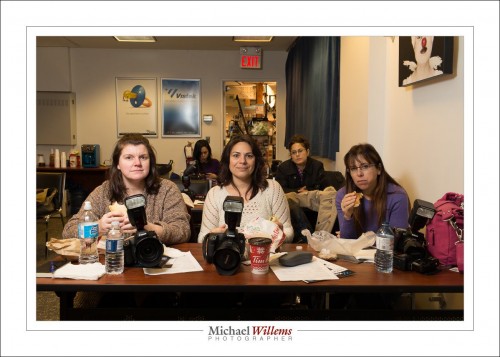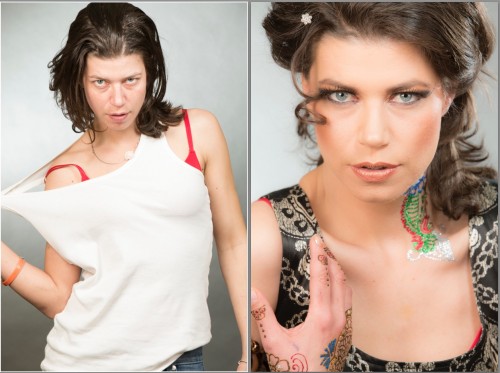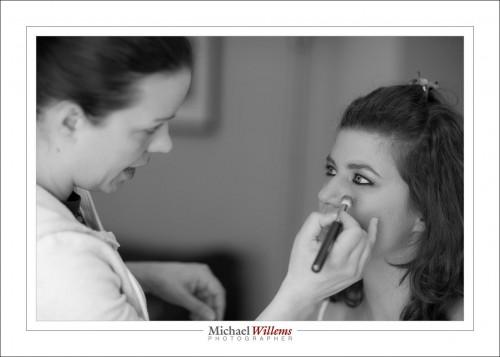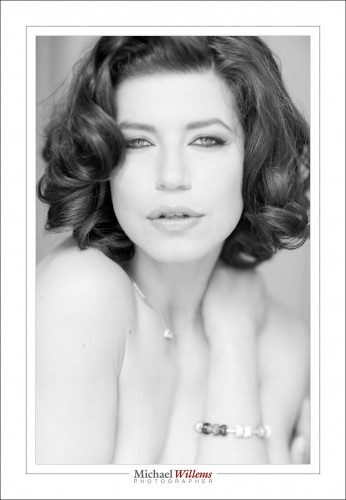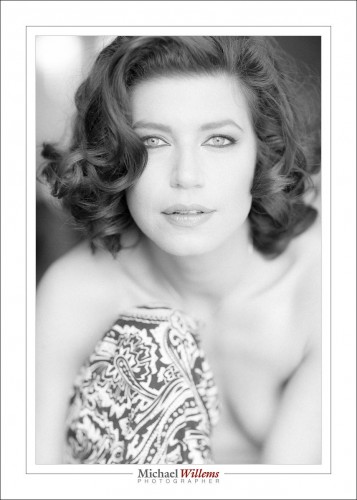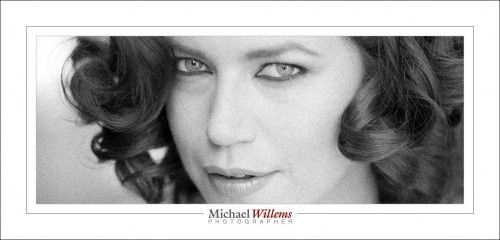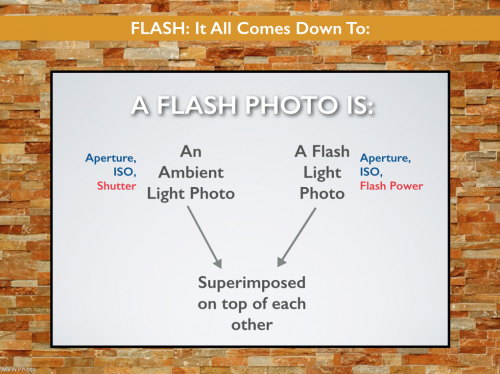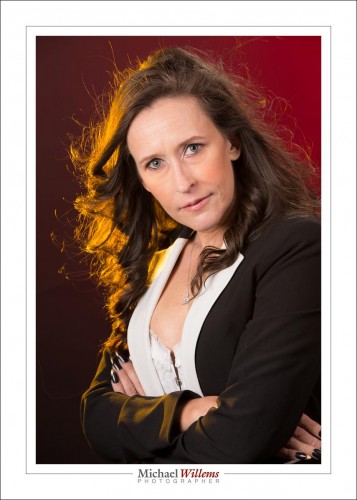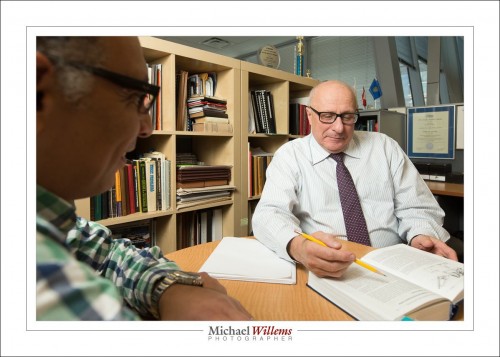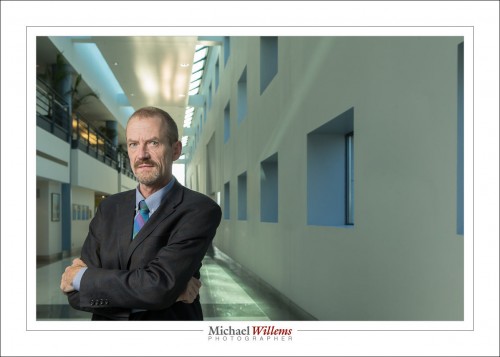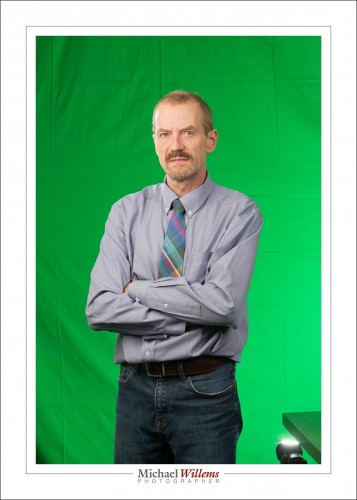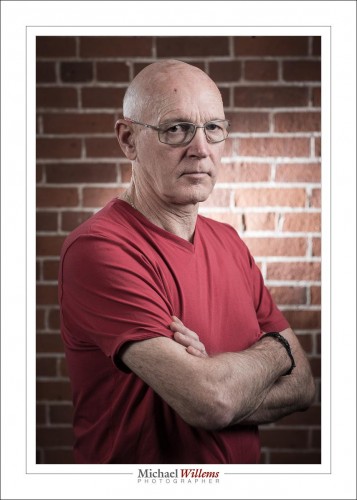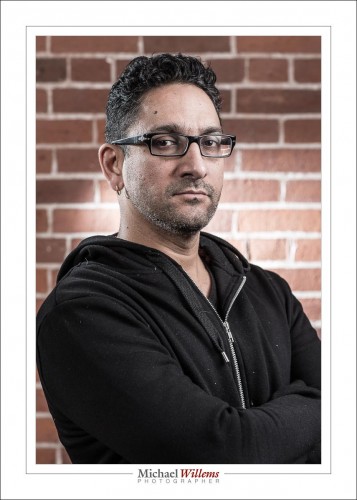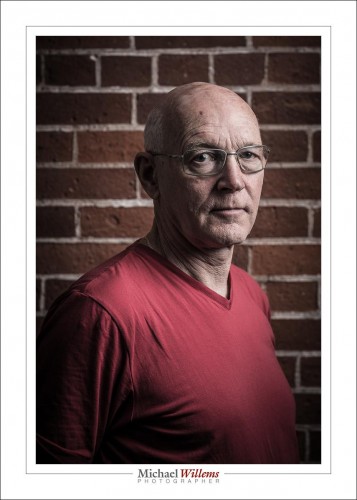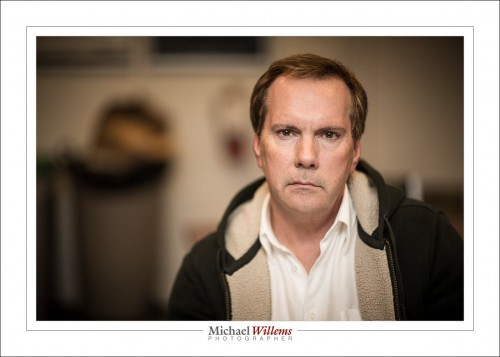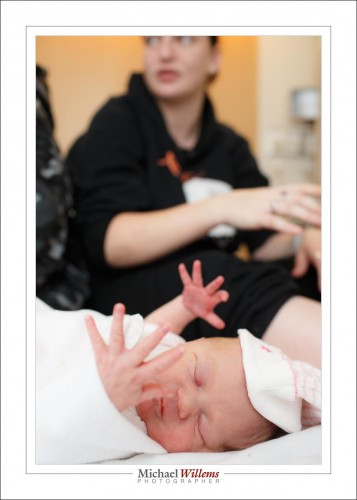Sometimes, simple is all you need. Like in this headshot:
This shot is simple in many ways:
- Shot with simple camera settings: f/5.6, 1/125 sec, 400 ISO.
- I am using just one flash on camera, aimed 45 degrees up, behind me. The catch lights are the circle that my flash throws onto the ceiling.
- The flash is using TTL (automatic flash metering, in other words). Of course since this is a high key scene, I set flash compensation to +2 stops.
- I am filling the frame. Yes, cutting off the head is allowed.
- The pose is a simple one, as is the composition.
- The location is a simple white bathroom: smaller is great since it allows great bounce without the high ISO values you would otherwise need.
- The dress is a simple white shirt, against a simple white background.
All this “simple”, combined with the right model and a razor-sharp (obscenely sharp, some might say; look at full size) 85mm f/1.2 lens, makes for a good shot. No studio complexity needed in this case; no pocketwizards, no complicated anything. Simple does it; less is more.
So if anyone tells you “you cannot do this, you need more equipment”: it ain’t necessarily so!

